This year will see a number of events to mark the bi-centenary of the birth of Oscar Gustave Rejlander, ‘the father of art photography’.
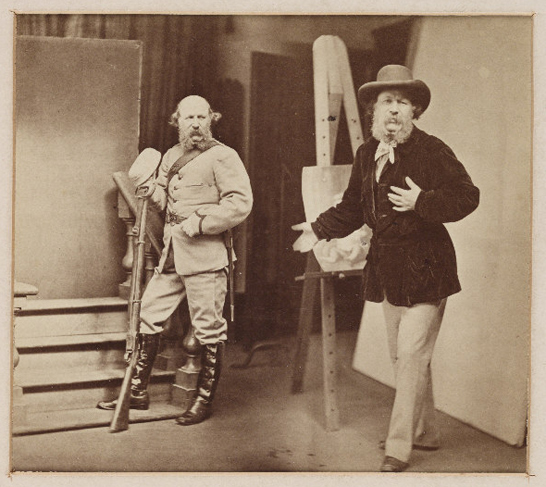
Very little is known about Rejlander’s early life. In his obituary The Photographic News wrote:
Of the early life of Mr. Rejlander, we have but a brief record, derived from his incidental remarks in conversation.
Even the fact that he was born in 1813 is conjecture—deduced from the age written on his death certificate.
A flamboyant, colourful, theatrical figure, Rejlander may well have actively cultivated a sense of mystery surrounding his origins.
Probably born in Sweden (again, this is not certain), Rejlander studied painting as a young man, and later moved to Rome where he made a living making copies of Renaissance paintings.
It was perhaps as a result of his early experience as a painter that Rejlander realised how useful photography could be to artists. He himself claimed that this moment of revelation came in 1852 after he’d bought some photographic reproductions of classical sculptures and was captivated by how photography succeeded in capturing the complicated folds of drapery.
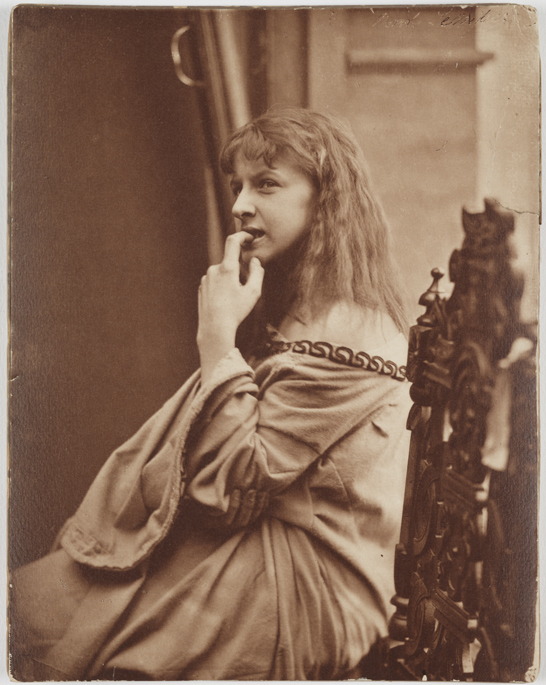
The precise date that Rejlander arrived in Britain isn’t known, but during the early 1840s he was living in Lincoln and working as a portrait painter, before settling in Wolverhampton in 1846.
In 1852 Rejlander took up photography. He later claimed that he was almost entirely self-taught, his instruction being confined to a single afternoon’s tuition from Nicholaas Henneman, William Henry Fox Talbot’s former valet and assistant. However, given the complexity of the wet-plate process which Rejlander used, this claim seems somewhat unlikely.
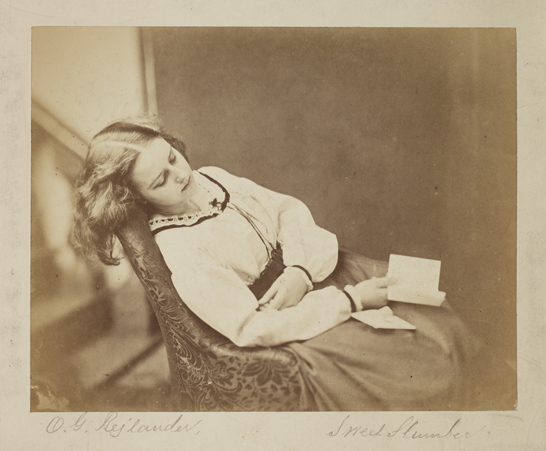
Rejlander’s choice of photographic subject matter was clearly influenced by the works of art he’d studied as a young man. He favoured sentimental genre studies, narrative tableaux and portraits with a strong theatrical or emotional element. Unlike many of his contemporaries, he was also prepared to reveal a sense of humour in his work.
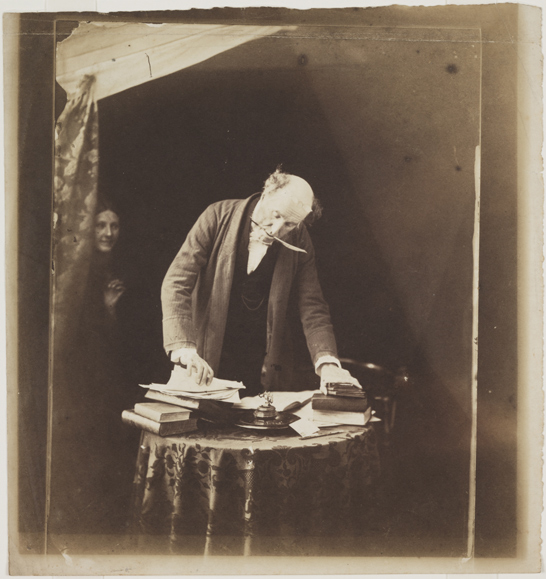
Rejlander pioneered the painstaking technique of combination printing—combining several different negatives to create a single final image. In 1857 he used this technique to produce his best-known photograph, an allegorical tableau entitled The Two Ways of Life, created using over 30 separate negatives.
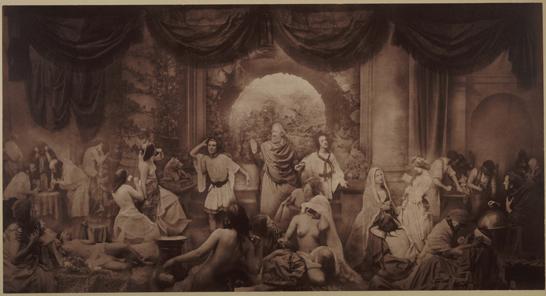
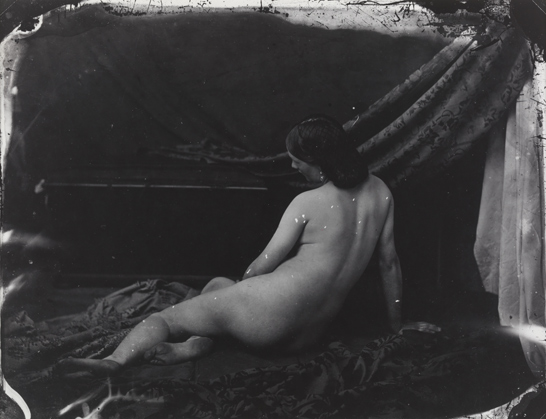
This work was extremely controversial at the time since it included a number of nude figures. However, Queen Victoria clearly was impressed since she bought a copy as a gift for her beloved Albert after seeing it exhibited at the Manchester Art Treasures Exhibition.
In 1862 Rejlander moved to London.
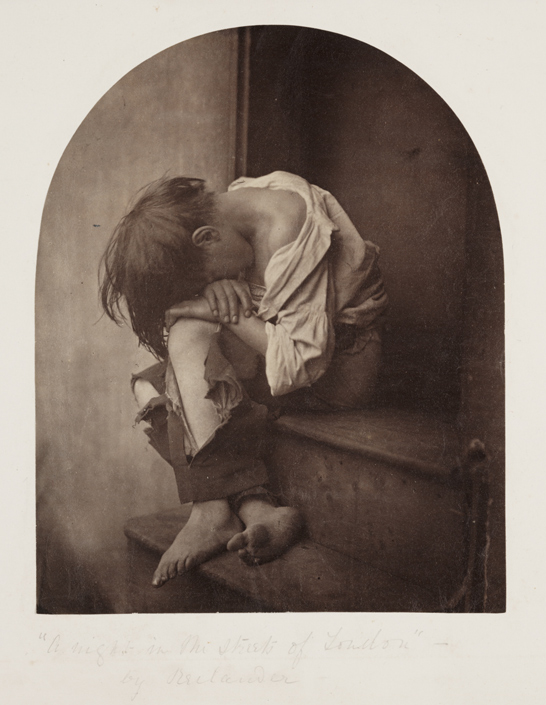
In 1871, impressed by the naturalness of his photographic portraits, Charles Darwin commissioned Rejlander to provide the illustrations for his book On the Expression of the Emotions in Man and Animals.
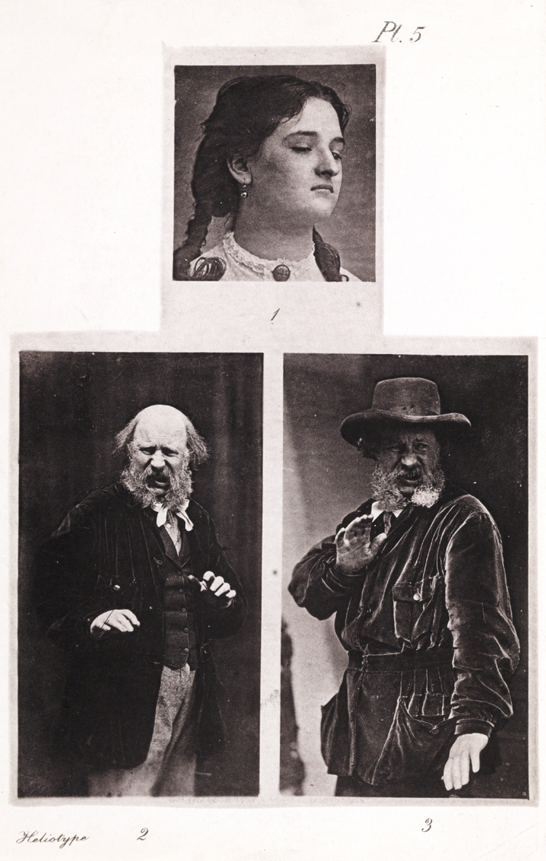
Despite being very ill with diabetes, Rejlander threw himself into the task with great enthusiasm, even posing himself for several of the studies.
In 1875, despite a long and prolific career, Rejlander died in poverty.
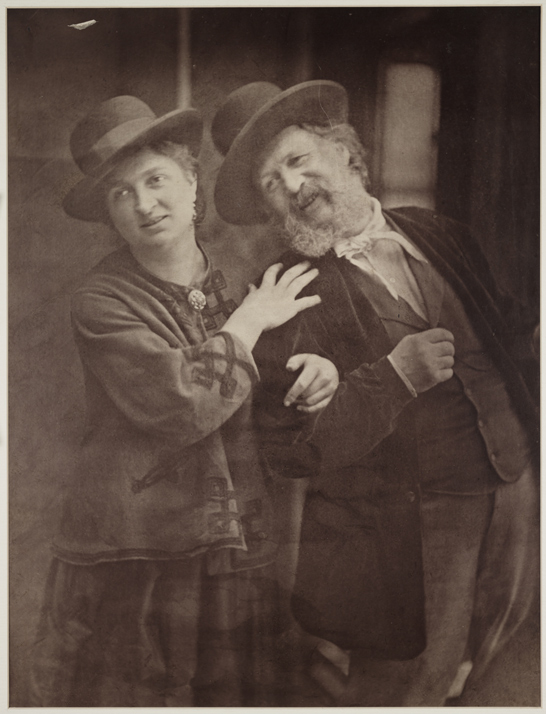
Following his death, 140 of Rejlander’s prints and 60 of his wet collodion glass negatives were acquired from his widow by the Royal Photographic Society.
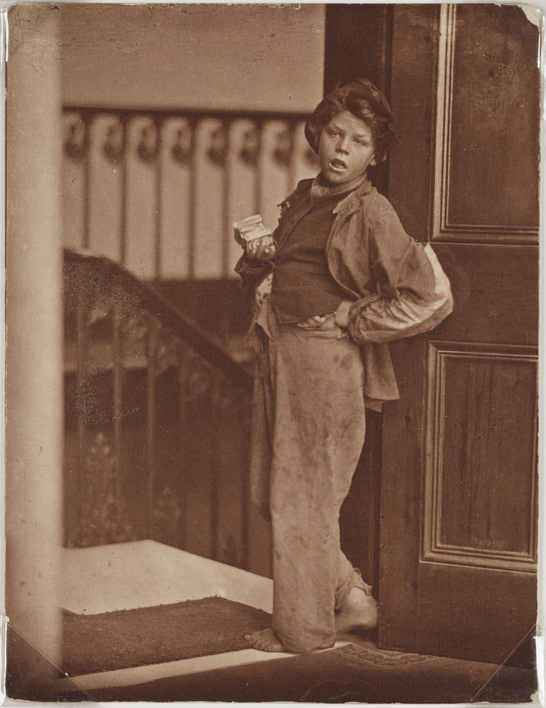
At a ceremony held in November last year, Rejlander’s previously unmarked grave in Kensal Green cemetery had a new commemorative stone placed on it, funded by donations from Wolverhampton Photographic Society.
Rejlander was convinced that photographs could not only be a useful tool for artists but also an art form in their own right and he aspired to raise photography to the status of art.
The verdict of the Art Journal on his work would have delighted him:
Late years have shown that more can be done than we at one time thought possible, and that results are obtainable from lens and camera, which are not merely imitations and copies from still nature, but productions of mind and thoughtful study, and which, when gazed on, raise emotions and feelings similar to those awakened at the sight of some noble sepia sketch, the handiwork of a good draughtsman. Of Mr. Rejlander’s pictures (for such we may justly call them) we have no hesitation in saying that they are full of beauty and full of mind.
Rejlander was living at 7 Minster Yard, Lincoln on 6 June, census night, 1841, listed as artist. He drew a charcoal sketch of the the Lincoln election scene, late July 1841. This is in the Usher Gallery, Lincoln, who are supplying me with a digital image, with permission to publish locally, so that we can discuss the identification of the figures in the sketch. There are two attempted lists of persons on pp.23-24 of Sir Francis Hill’s, Victorian Lincoln, 1974. As a non-artist, I would say that this sketch is a remarkable piece of work and the scene is quite a good piece of election history evidence.
This is a great article! Wonderful outlook on how this man created the greatest and most abstract form of photography. He is definitely the best or at least one of.
Interested to find your website. I own a self portrait in watercolour and chalk by O G Rejlander, on the back of which is a photograph of a lady, possibly his wife. Would you be prepared to assist me in identifying the lady and perhaps dating the
self portrait ? It would be very much appreciated.
Kind regards,
H Boehm
Hi there. We’ll be happy to help you with your search. Please email our collections assistant – research@nationalmediamuseum.org.uk.
– Emma
I write Sherlock Holmes novels and short stories (http://tim-symonds.co.uk) and am working on a new short story where Holmes and Watson have to learn a considerable amount about combination photography. They manage to trace a very nasty blackmailer through a plate, ‘Reclining female nude artists’ study, dorsal’, made by Rejlander circa 1857.
I also discovered when doing the research that the latter’s formerly-unmarked grave in Kensal Green is not that far from my father’s. Quite rightly, his grave is now properly marked and he is getting posthumous recognition for his immense contribution to the development of photography.
Looking at the history of the life of Oscar Gustav Rejander I am wondering if he might have put together a montage of his earlier renaissance picture. I have been researching a montage picture with 9 pictures from the 1615, the lute player to 1820, consider the lilies, just to name a couple. I was wandering if there are any other montage pictures he may have created before the two ways of life?
According to Anstery.com they have Rejlander inlisted into Waltham Lodge (Masons) on 18th May 1838 but also have him arriving in Hull on 2.8.1839.
His father was Carl Gustaf Rejlander who was an officer in the Swedish Army, his mother is unknown.
In 1850 he lived in Darlington Street, Wolverhampton, West Midlands and on 30th Sept. 1862 he married Mary Bull.
On 18.1.1875 he died aged 62 in London and was burried on 23.1.1875 in Kensal Green Cemetary.
Delighted to read a very informative article on O.G.Rejlander pioneer of Pictorialism , Art form of Photography .
Shivji Joshi, India
Why was this man so mysterious??? :P